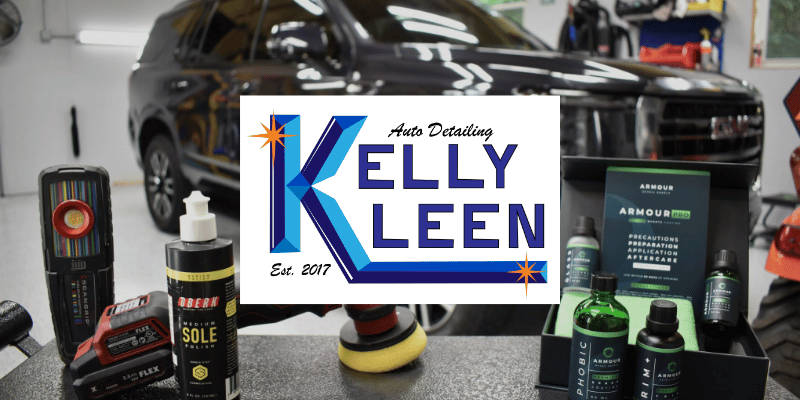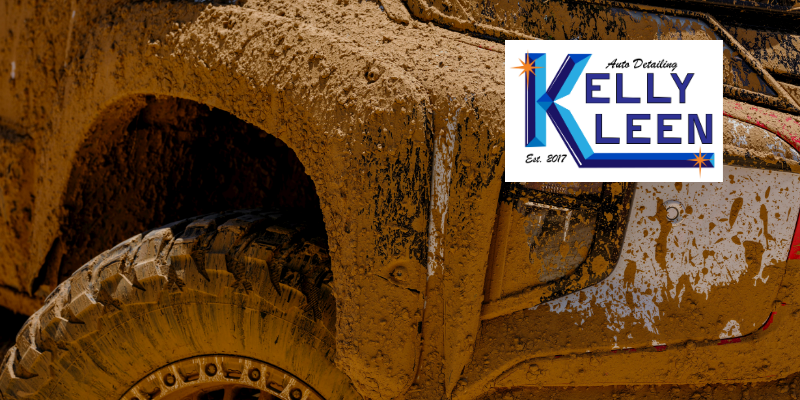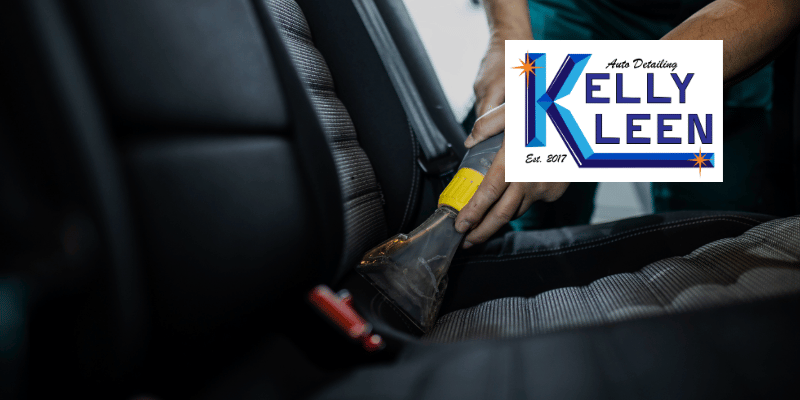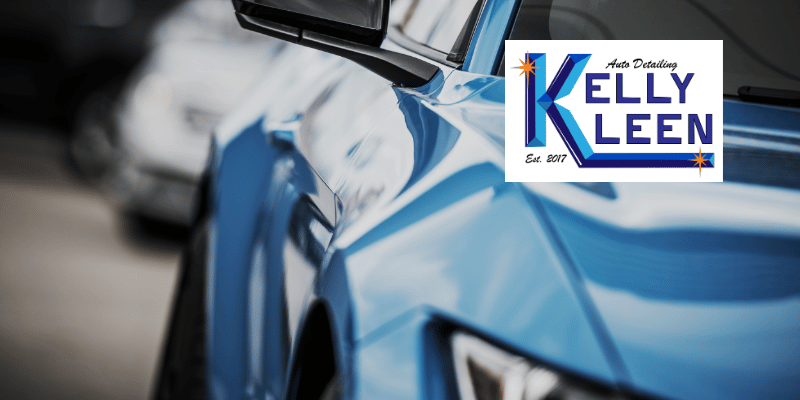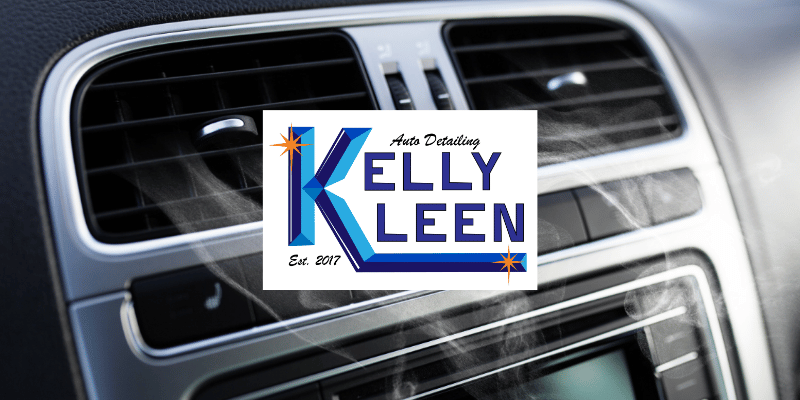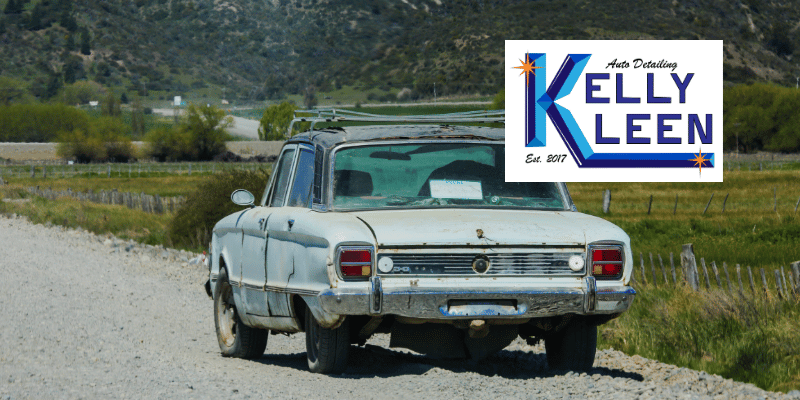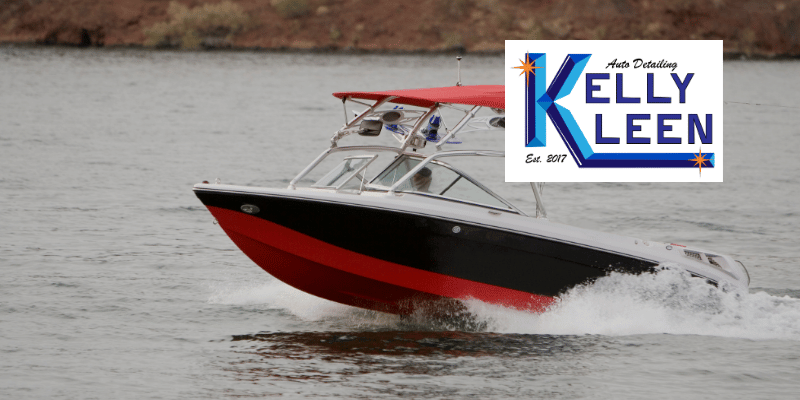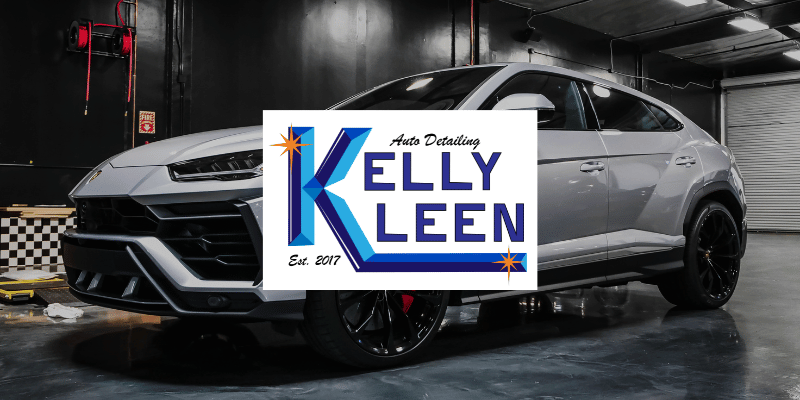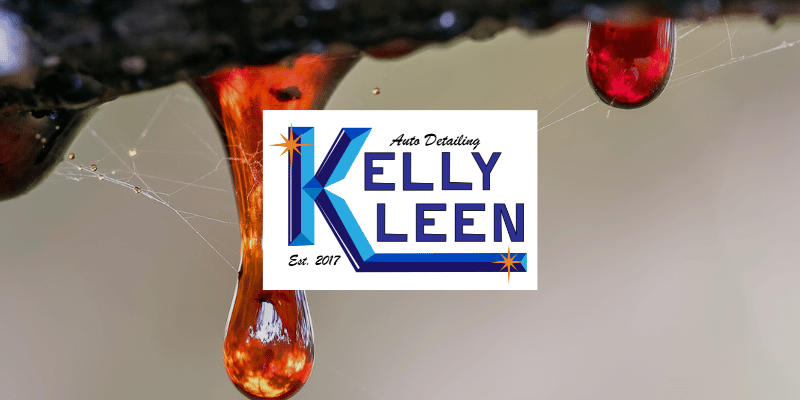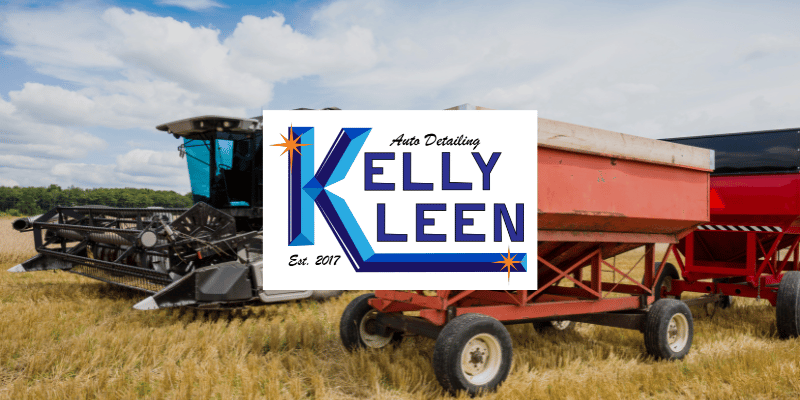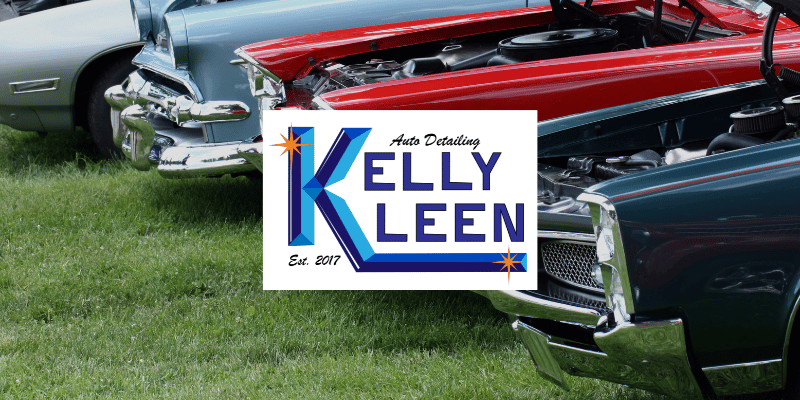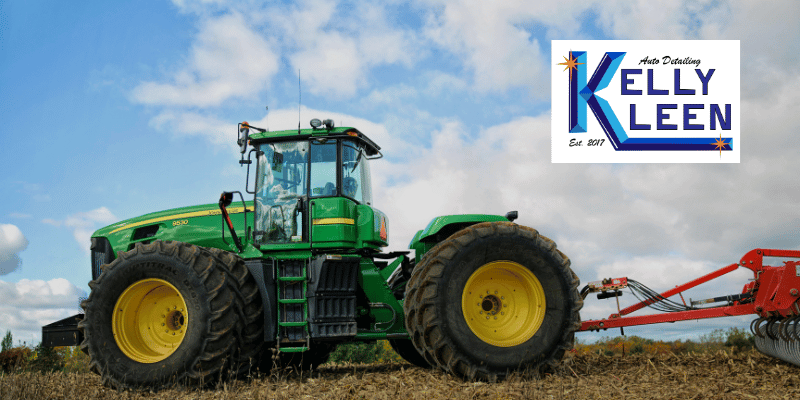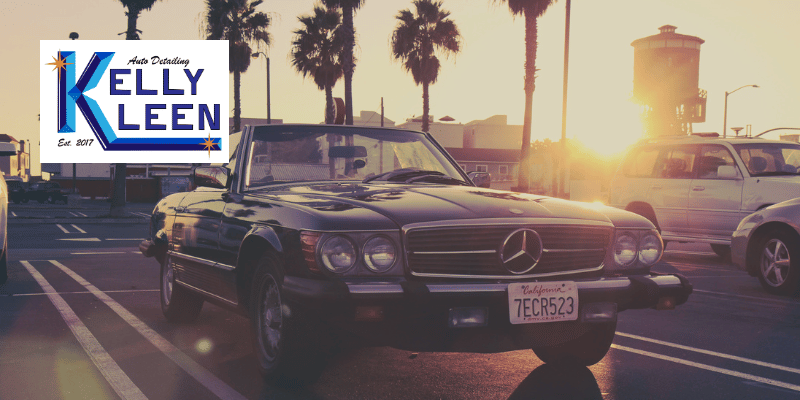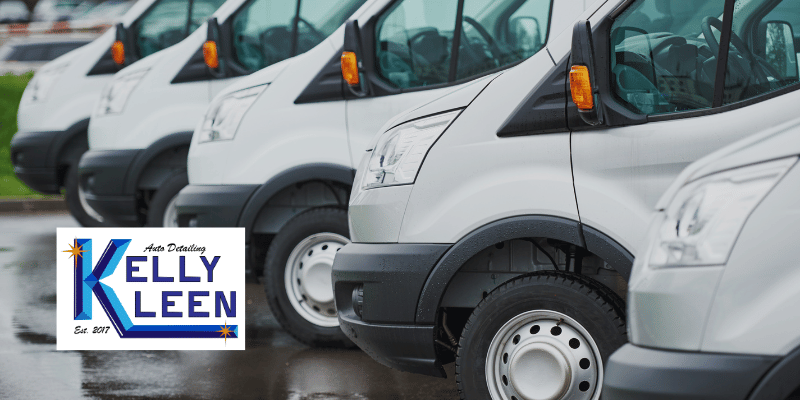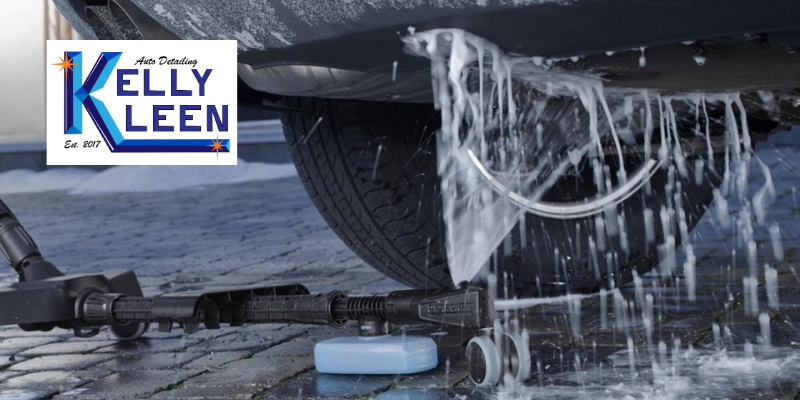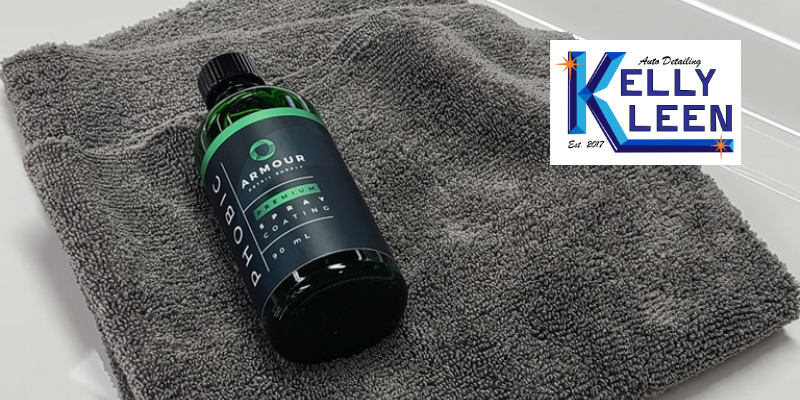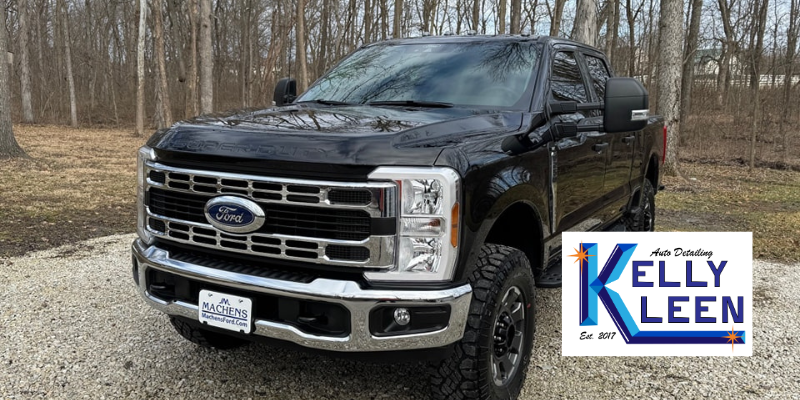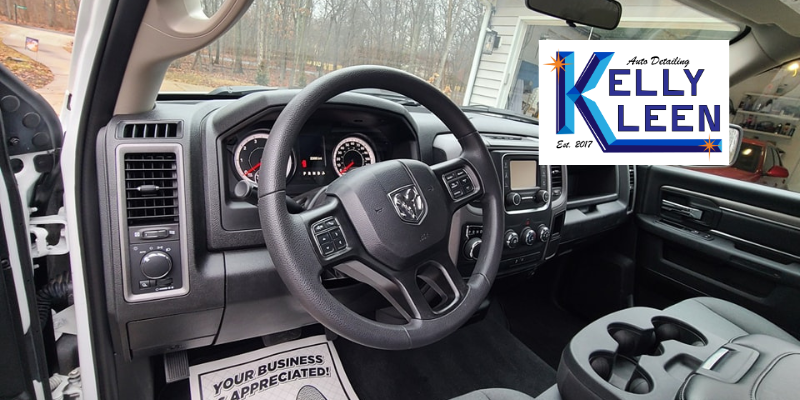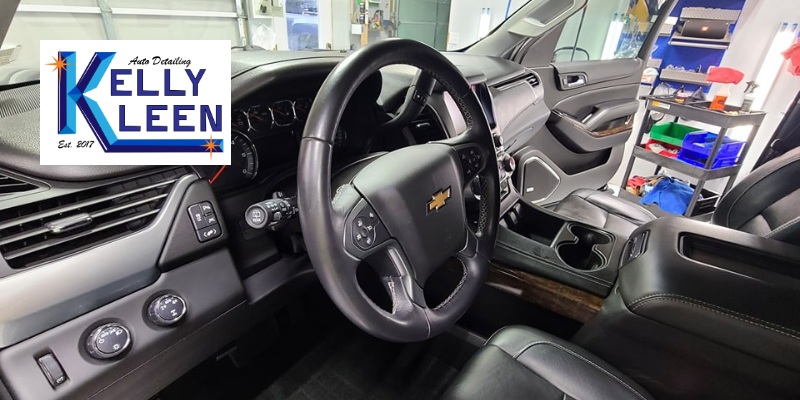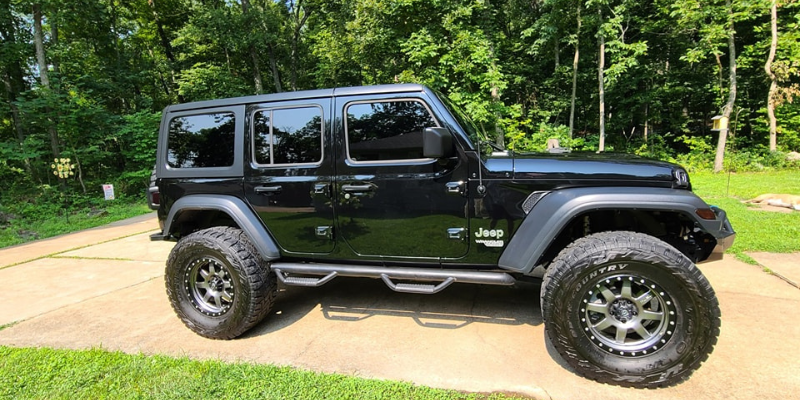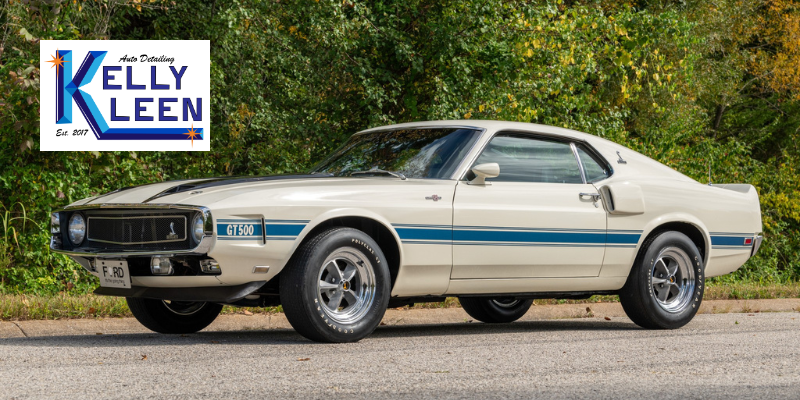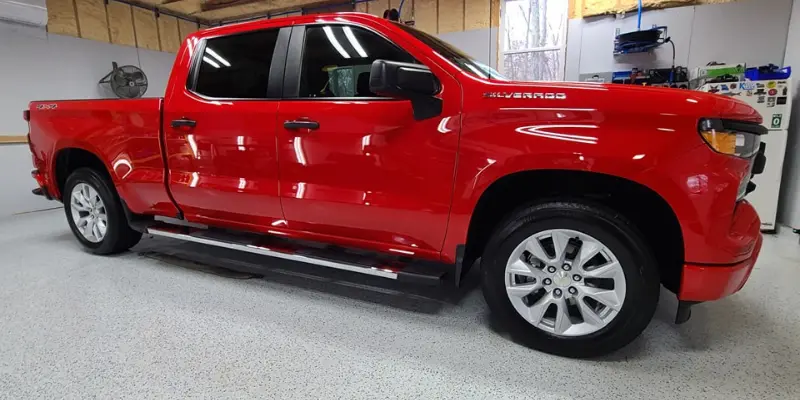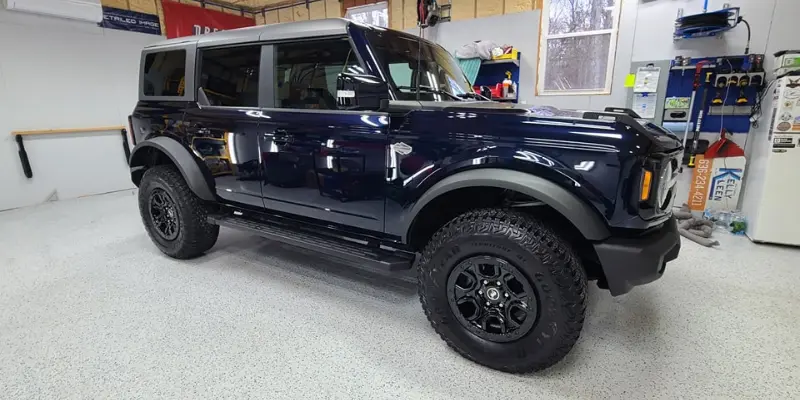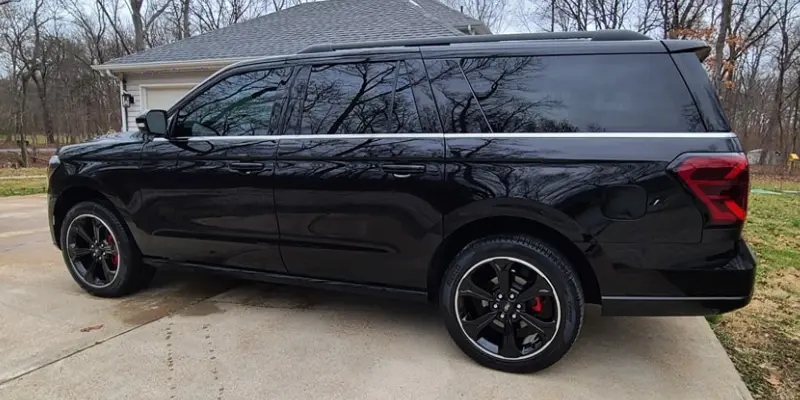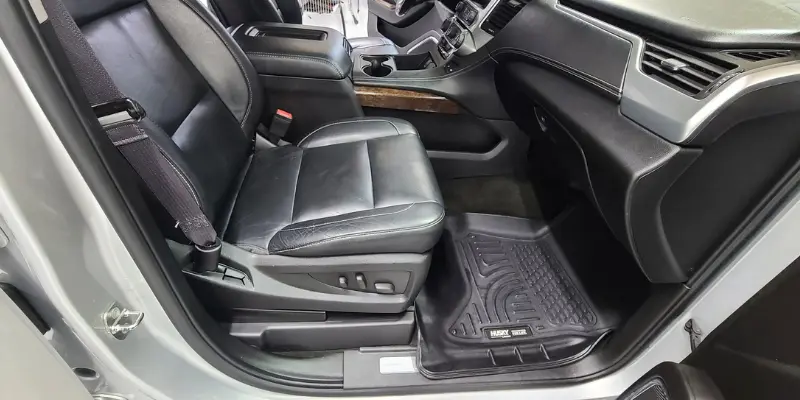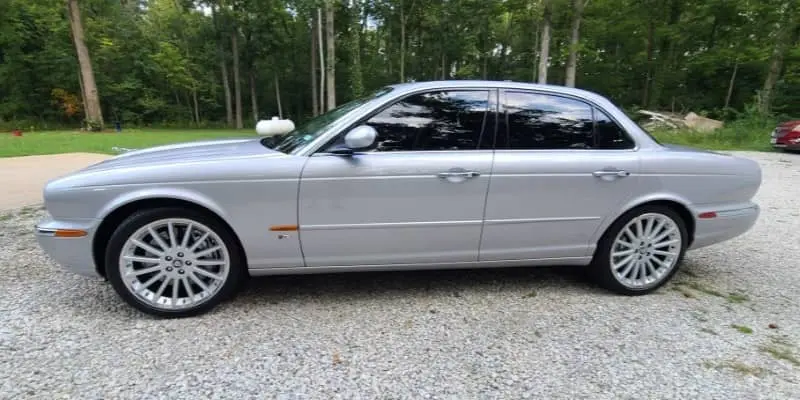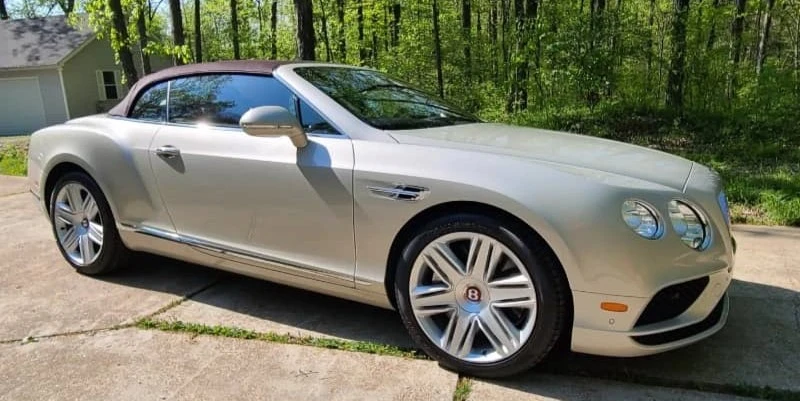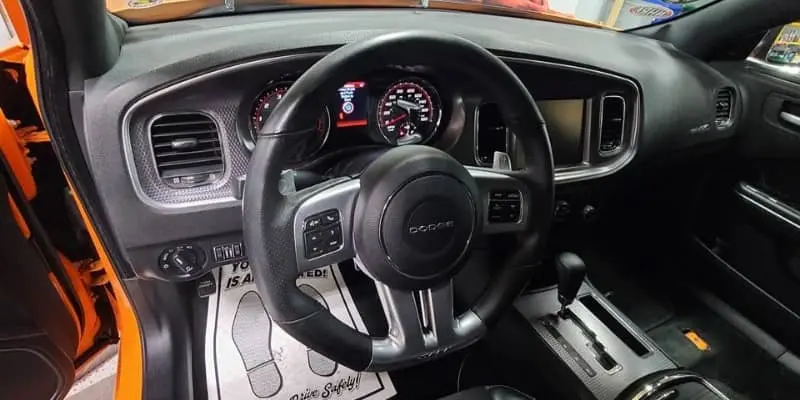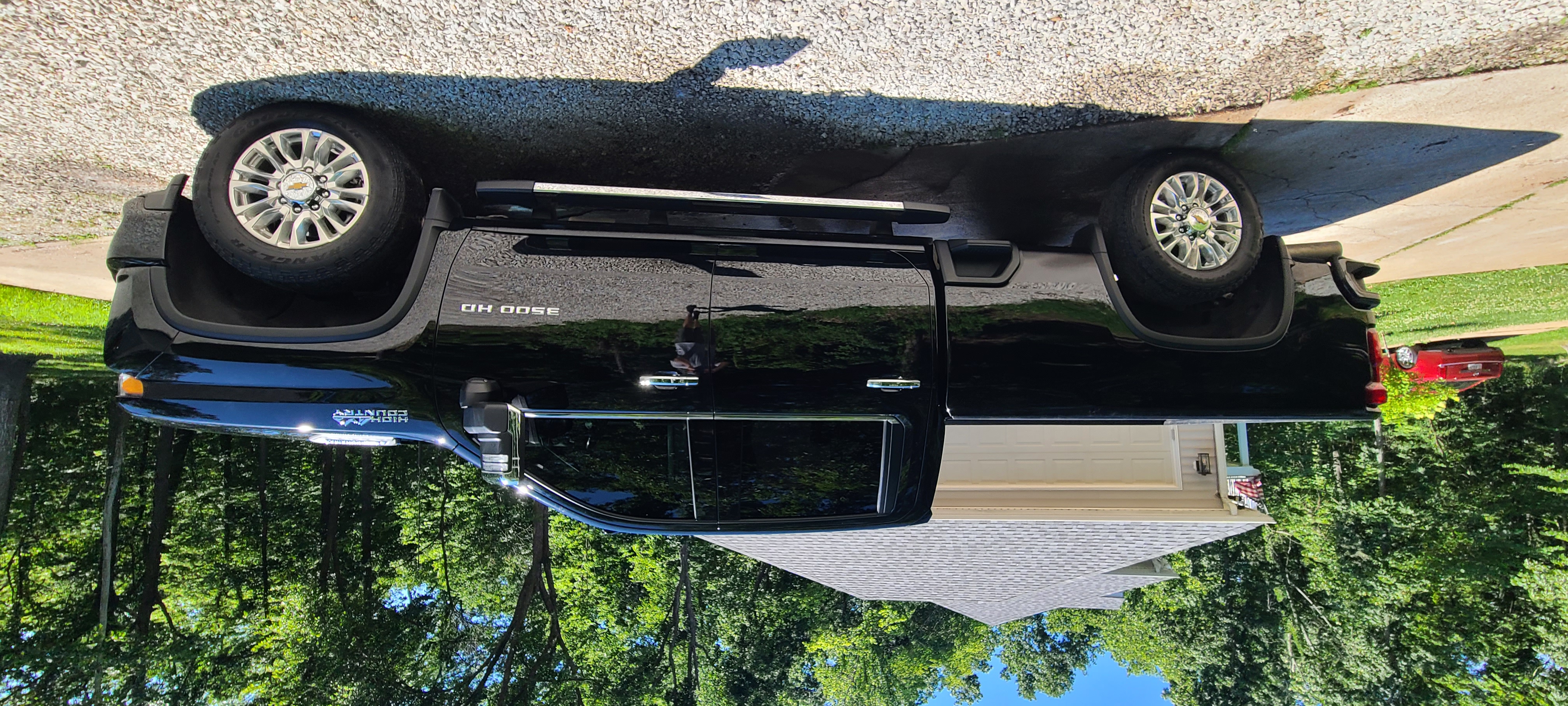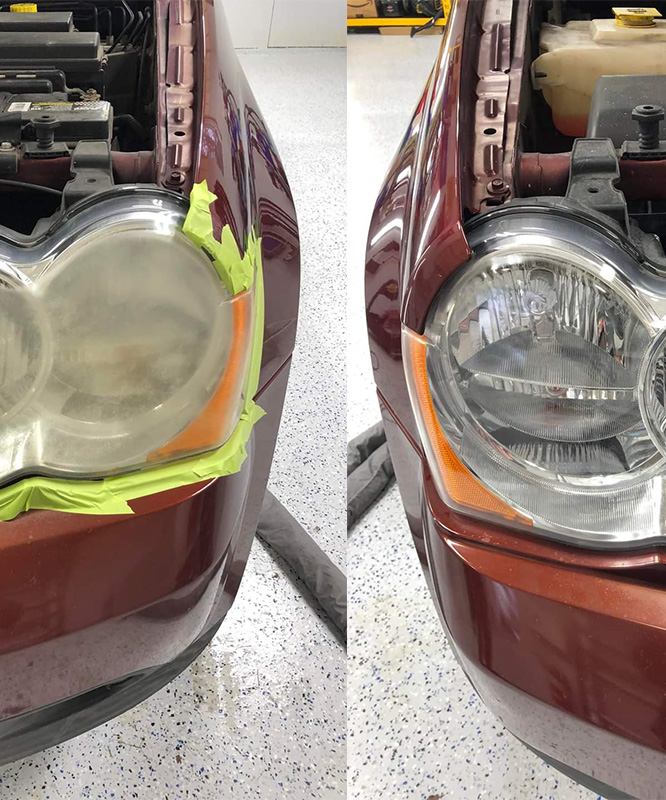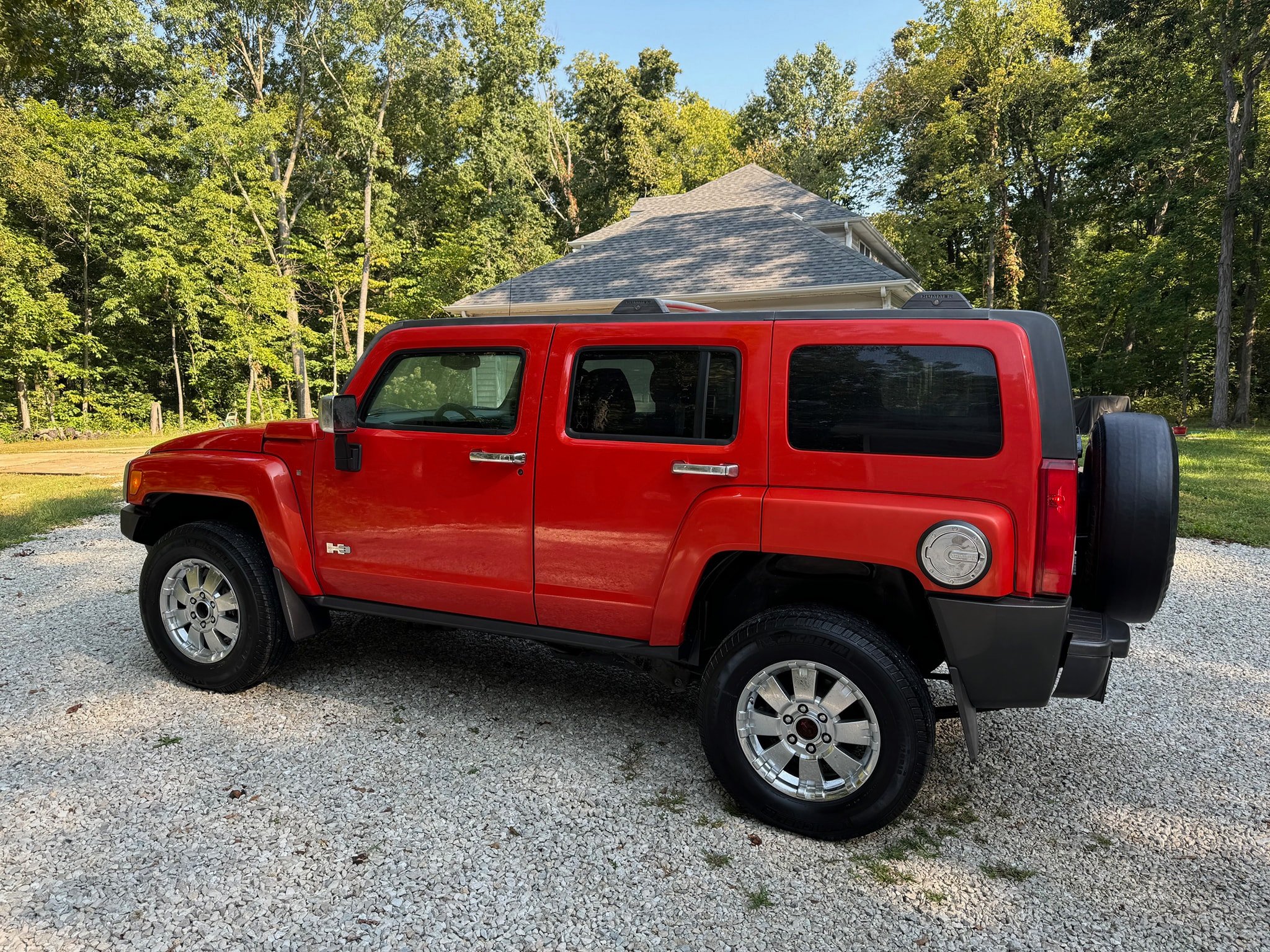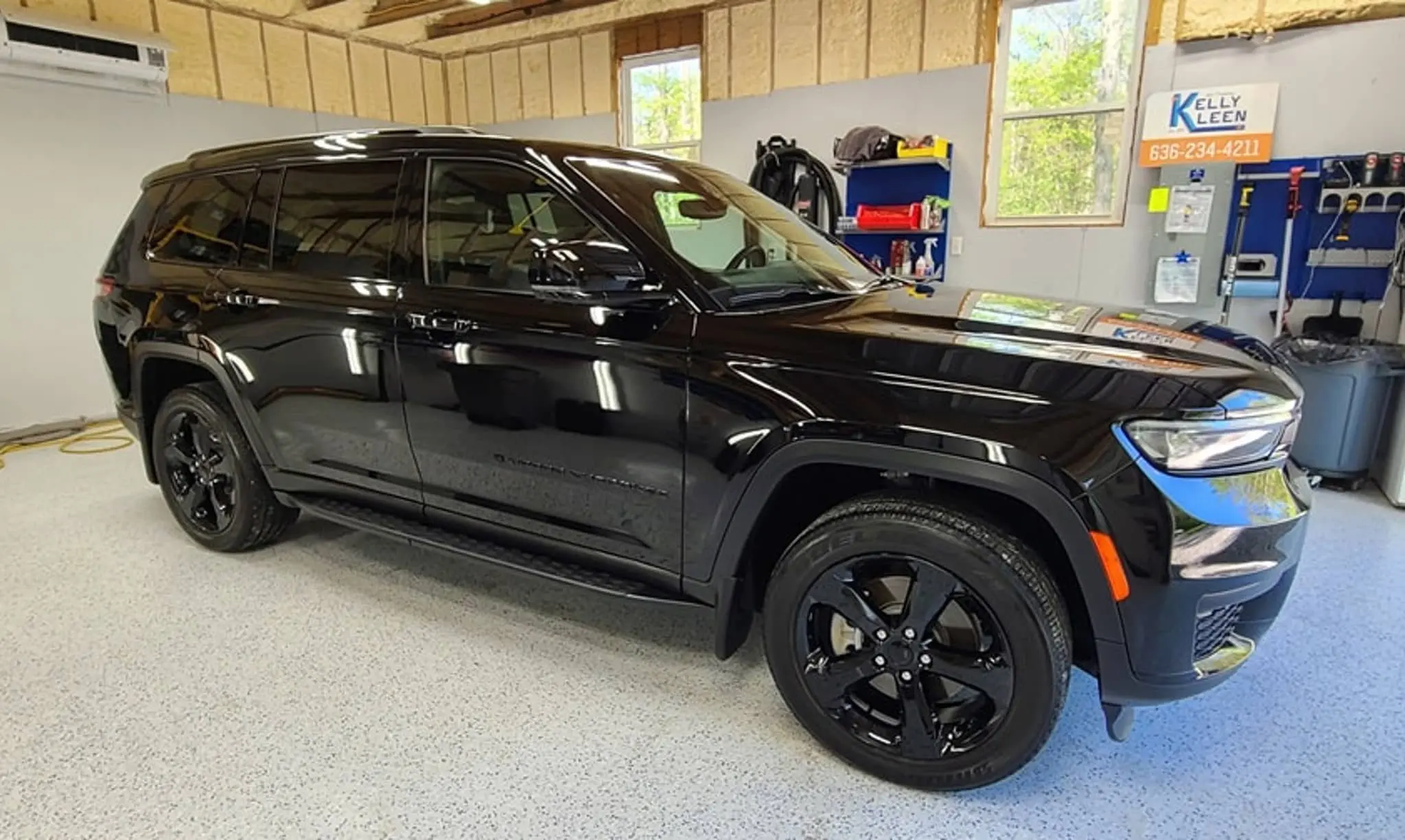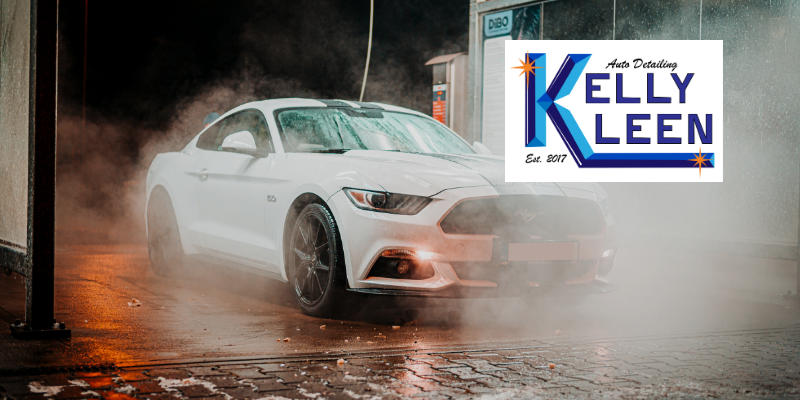
The Truth About Touchless Car Washes: Are They Helping or Hurting Your Vehicle?
Touchless car washes promise a quick and easy clean, but are they truly safe for your vehicle's finish? For drivers in towns like Washington, Union, and Pacific, Missouri, it’s worth digging into the real impact of these “no-touch” systems—especially with the rural grime, gravel dust, and road salt we deal with year-round.
This article breaks down what touchless washes actually do, where they fall short, and why professional detailing is still the gold standard for protecting your car in Missouri.
What Is a Touchless Car Wash?
A touchless car wash uses high-pressure water jets and strong chemicals to clean your vehicle without any brushes or physical contact. These systems are marketed as safer because they avoid scratches caused by older-style cloth or bristle brushes.
But while they reduce the risk of contact damage, they introduce a new set of risks—especially when dealing with Missouri’s uniquely challenging environment.
The Chemicals Are Harsh
To make up for the lack of scrubbing, touchless systems rely on heavy-duty detergents and degreasers. These chemicals are designed to break down dirt on contact, but they don’t discriminate. That means they also strip waxes, sealants, and even ceramic coatings over time.
In areas like Union or Pacific, where gravel roads and construction debris are common, your car may need more than chemical stripping to get clean—and that overexposure can lead to premature wear on your paint.
What Touchless Washes Miss
Touchless washes are effective at rinsing away loose dust and pollen, but they struggle with:
- Caked-on mud from rural or off-road drives
- Road tar, sap, or bug splatter
- Hard water spots from well systems
- Residual salt film after winter storms
In places like Washington and the backroads outside of St. Clair, your vehicle collects more than just “city dust.” That grit needs something more powerful—yet safer—than chemical sprays.
Real-World Missouri Example
We’ve seen cars that have been through touchless washes regularly still come into our shop with embedded grime around the wheel wells and underbody. A client from just outside Union told us his weekly car wash didn’t prevent rust buildup underneath—because the wash never reached that area effectively.
This kind of detail gets missed unless you're using a more targeted approach.
Are Touchless Washes Safer for Paint?
The lack of physical contact seems like a good thing for protecting paint, but the reality is nuanced.
Pros:
- No risk of scratches from dirty brushes
- Faster and more convenient
- Can be used frequently without immediate damage
Cons:
- Chemical etching over time
- Weak against stuck-on grime
- Doesn’t clean hidden or lower areas well
- Accelerates coating breakdown
If your vehicle has a ceramic coating or wax layer applied by a professional, touchless washes will wear that protection down much faster than hand washing.
The Role of Protective Coatings
Ceramic coatings and high-quality waxes are your car’s armor, especially during Midwest winters. But these protective layers only work if they’re preserved.
Every time you run through a touchless wash, you're slowly eroding the barrier between your car’s paint and the environment. That means:
- Water spots form more easily
- Dirt sticks faster
- Your paint becomes more vulnerable to UV damage and corrosion
Learn more about how ceramic coatings protect your vehicle’s paintwork.
What About Touch-Free Washes with “Undercarriage Spray”?
Many local touchless washes in Franklin County advertise undercarriage rinses. While this sounds appealing—especially after winter storms—it’s not as effective as it seems.
Those quick underbody sprays rarely reach all the critical areas where salt and mud hide. They can miss:
- The inside of wheel wells
- Exhaust joints and brackets
- Suspension components
- Frame seams on trucks and SUVs
For Missouri drivers who regularly venture down gravel roads or drive through snowy slush, these missed areas become long-term rust magnets.
When Touchless Washes Can Be Helpful
Despite their shortcomings, touchless washes do have a place in your car care routine—especially when:
- You’re short on time
- It’s too cold to wash by hand
- You need a quick rinse before a trip or event
Think of them as a supplement—not a replacement—for professional detailing.
A Better Alternative: Professional Detailing
When you get a full hand wash and detail service, trained pros like those at Kelly Kleen go far beyond surface-level cleaning. Here’s what you’re getting:
1. Proper pH-Balanced Cleaning
We use car-safe soaps and decontaminants that lift dirt without harming your finish. No harsh chemical etching here.
2. Hand-Treated Trouble Areas
Bug splatter on the grille? Tar on the rocker panels? Mud caked behind the wheels? We see it and remove it with care.
3. Undercarriage Detailing
We offer full underbody rinses and inspections to protect against long-term corrosion. Especially important for Franklin County roads.
4. Wax or Ceramic Reapplication
Each detail visit ends with a layer of protection added or refreshed—something touchless washes can never do.
Check out our full list of detailing services for Missouri drivers.
Missouri Roads Demand More
If you live in places like Washington, Union, or Pacific, you already know how dirty your car can get in just a few days. Between farm dust, construction grit, tree sap, and seasonal mud, you need a detailing routine built for our rural lifestyle.
Touchless washes may be convenient—but they’re not cutting it for long-term care.
When to Avoid Touchless Washes Completely
There are times when using a touchless wash could actually do more harm than good:
- Freshly waxed or coated cars – Chemicals degrade that layer quickly
- After off-road adventures – Mud needs manual removal
- When water spots are common – Touchless dries won’t prevent spotting
- If you have soft or custom paint – These finishes can react poorly to chemicals
Your Best Bet: Scheduled Detailing and Smart Washing
For the best results year-round, Missouri drivers should combine:
- Seasonal professional detailing – At least once per quarter
- Gentle hand washing at home – When conditions allow
- Occasional touchless rinses – Only when necessary and followed by a proper drying
Want to learn how often you should be detailing?
Read our expert guide on detailing frequency.
Ready to Upgrade Your Car Care Routine?
Touchless car washes may save time, but they could be silently costing you more in the long run. If you’re ready for real protection and long-term results, book a detail with Kelly Kleen today.
Contact us here to schedule your professional detail.

